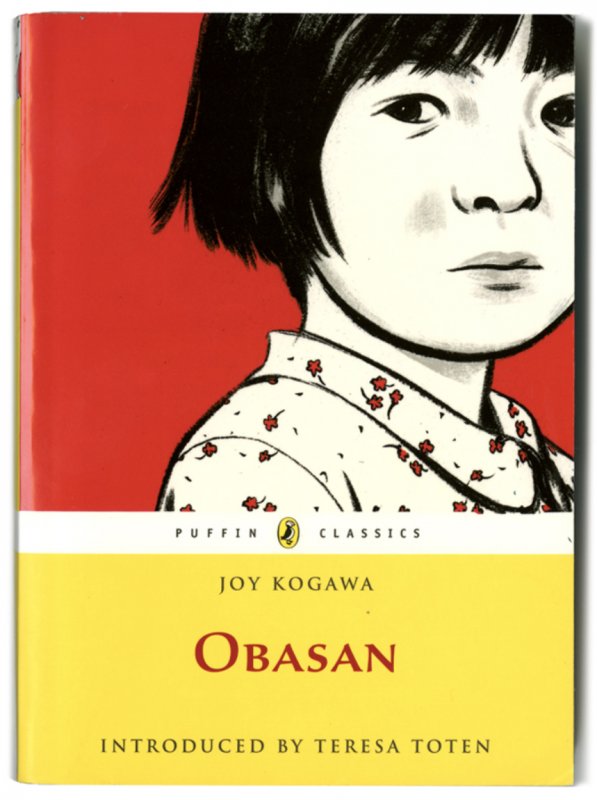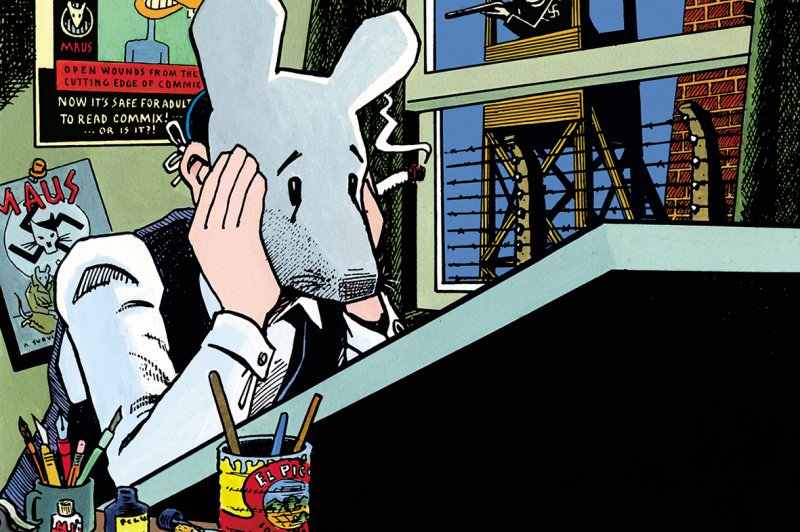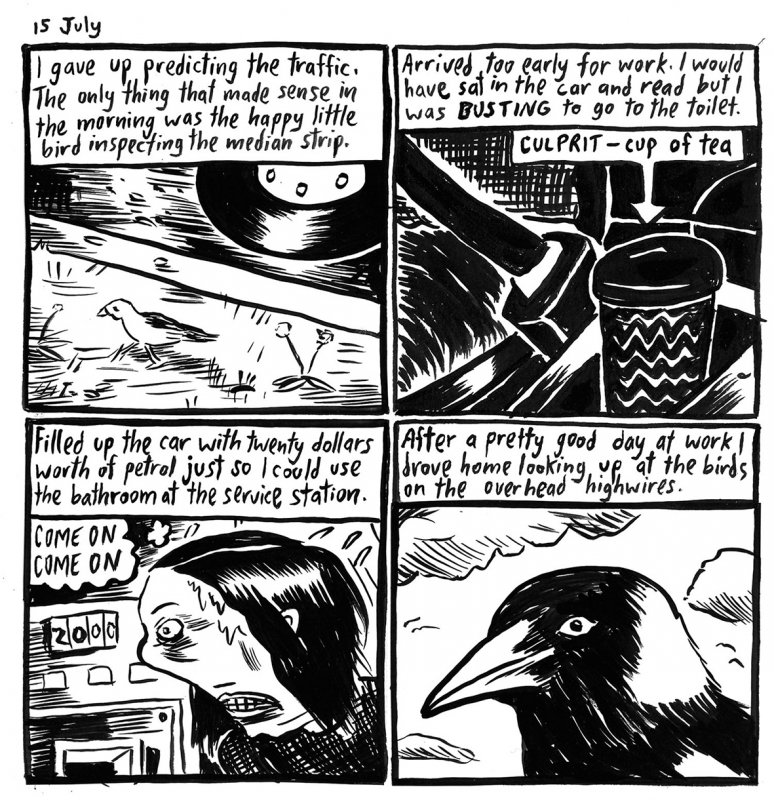- About

 Jillian Tamaki, cover for 'Obasan' by Joy Kogowa, Puffin Classics 2014
Jillian Tamaki, cover for 'Obasan' by Joy Kogowa, Puffin Classics 2014 Art Spiegalman, 'The Haus of Maus, self portrait with Maus mask, The Nation 1989
Art Spiegalman, 'The Haus of Maus, self portrait with Maus mask, The Nation 1989  Mandy Ord, image from 'When One Person Dies The Whole World Is Over' published by Brow Books 2019
Mandy Ord, image from 'When One Person Dies The Whole World Is Over' published by Brow Books 2019Said&Drawn
—Robin CowcherSTRATEGY
Wednesday - 12.00 - 3.00, Wednesday - 4.00 - 7.00
*See myTimetable for Room & TimeStudio Inquiry
Using the format of the graphic novel, this studio explores story telling via pictures and examines their relationship. Creating your own story, you will develop characters, a story arc/narrative and explore a visual technique. We will look at varied illustration styles for this book format. You will investigate creating or responding to a story, developing the relationship between your storylines and your character/s, exploring a chosen medium as well as designing your own book. Your words/pictures can tell personal stories, look at social issues, or explore fantasy, crime, history, adventure or humour (to name a few genres). You will share ideas and process in class and with peers. We will look at metaphor, message, developing rich visual context and hopefully stretch our knowledge in terms of the form and content of the graphic novel. This is not a step by step learn-to-draw studio so drawing experience is desirable. You will be required to constantly explore and review the visual expression of your story in manual or digital form. We will also consider the role of the book in the digital world.EngagementStudents will research and learn the differences between graphic novels, comics, YA books and children's picture books. Understanding the differences will inform your own work and choices. We will visit the RMIT library, the State Library, galleries and examine a range of artists in this genre. You will choose at least two existing graphic novels/picture books to examine, analyse and compare as part of this studio. Areas of examination will be individual graphic novelists/artists approaches to storytelling, illustration technique and design presentation. Research into artist's and author's comments on their own working processes are often illuminating and insightful.Communication of knowledgeThe focus of the studio is to develop your own visual story (or reflect on an existing one). You are encouraged to reflect on what or who inspired your topic and why you think it will engage readers. Students should consider contemporary story telling and how their work relates to younger readers or readers of any age. Students could also reflect on all forms of artwork they liked as younger people (and now) and could interview younger readers about their favourites. It is important to seek the potential reader's response and engagement with your work as you go and to research local and overseas publisher's current crop of graphic novels to see what is contemporary in the field.ActivitiesProducing a hand made or bound book of 24 pages which includes a well designed cover, end papers, title page and end/credits page. You will work on approximately 12 main plates which could comprise some spreads and some smaller frames. Consider character development, styles of illustration, narrative flow, design, pacing of words and pictures, plot, meaning and the wider social context of your words and images. Workshops such as observational drawing, life drawing, urban sketching will support your process as well as working on refining and understanding your flat plan. Examining some of the terms of definition pertaining to graphic novels and how they relate to your process. Please note: it is expected that as well as digital presentation the actual book (either manually crafted or professionally bound) will take time and planning… there will be financial costs involved in that process.Assessments1. Develop and draft a story. Create and develop characters. Explore and choose a style of illustration. Draft a flat plan of the book including cover and all non image pages. Indicate in finished rough form 2-4 of the major plates. Give thought to paper, color, texture, a book is a tactile thing! 2. Execute all final artwork. Produce book. 3. Studio Knowledge Object - an A5 research publication which documents your process, research, working notes.Pre-Reading'Understanding Comics: The Invisible Art' by Scott McCloud published by Harper Collins 'Graphic Novels: Everything You Need To Know' by Paul Gravatt Let's Get Graphic: 100 Favorite Comics And Graphic Novels ?https://www.npr.org/2017/07/12/533862948/lets-get-graphic-100-favorite-comics-and-graphic-novels The Best Graphic Novels of All Time ?https://www.thereadinglists.com/best-graphic-novels-of-all-time/ Any graphic novels by Mandy Ord, Shaun Tan, Isabel Greenberg, Isabel Arsenault, Vera Brogol, Jillian Tamaki or Chris Ware …there are many others we'll discuss in class.Communities of PracticeDesigning Identity, Designing through Image, Designing Publications, Designing DisobedienceLinks